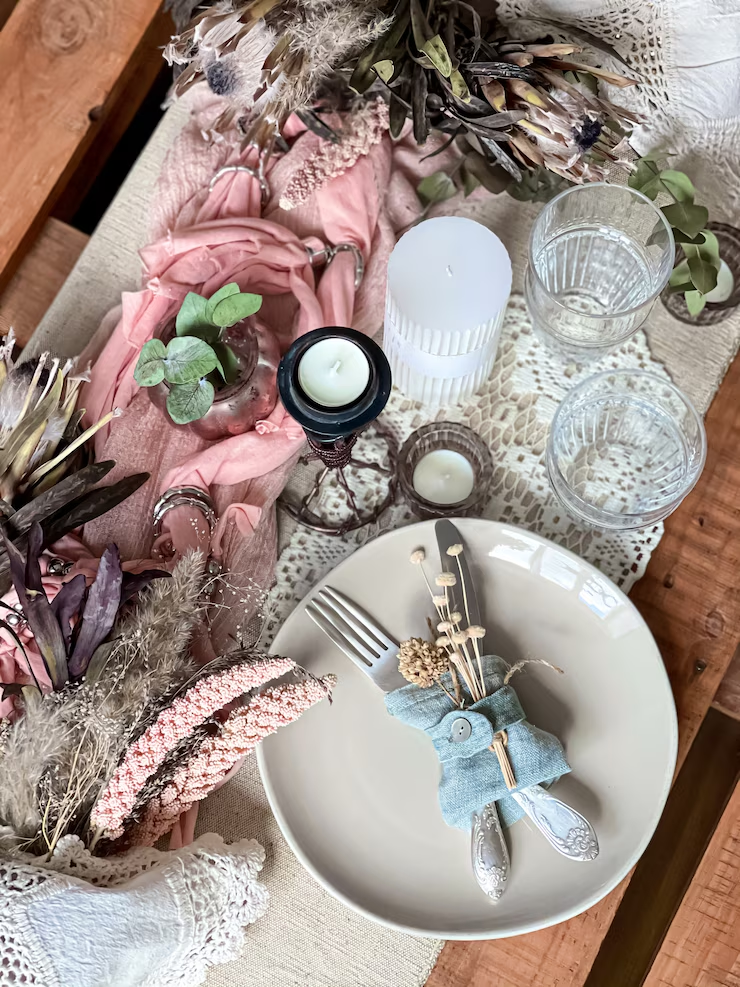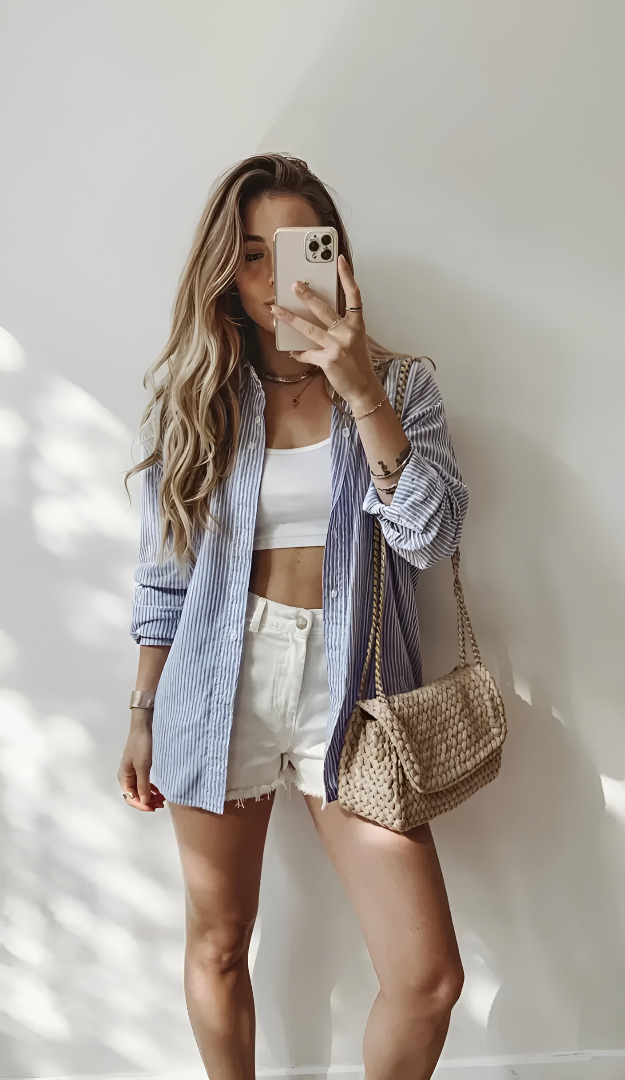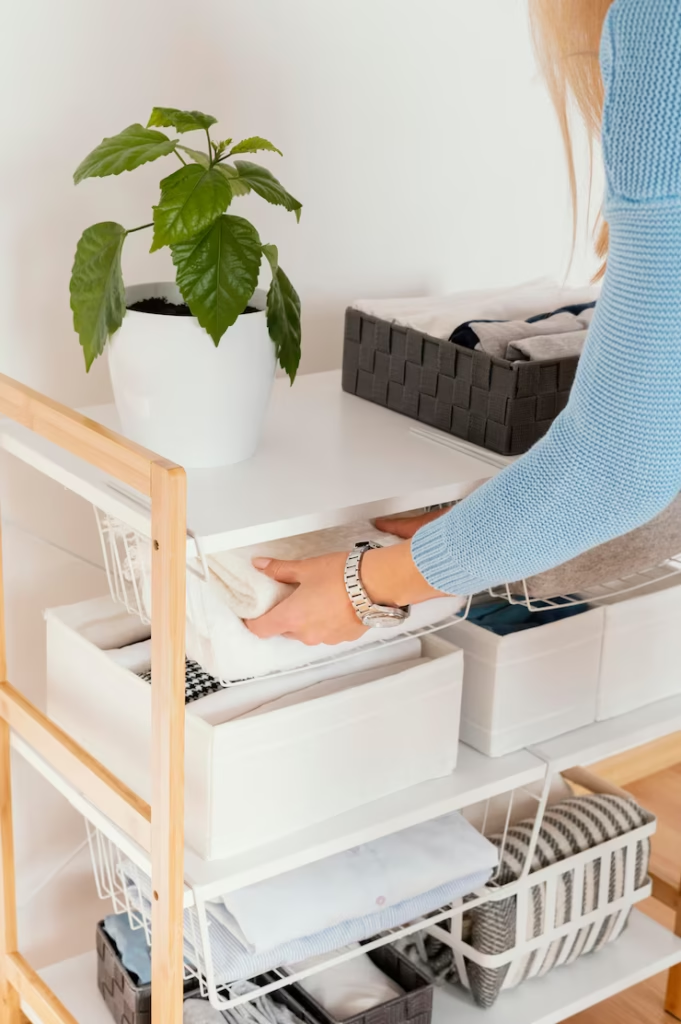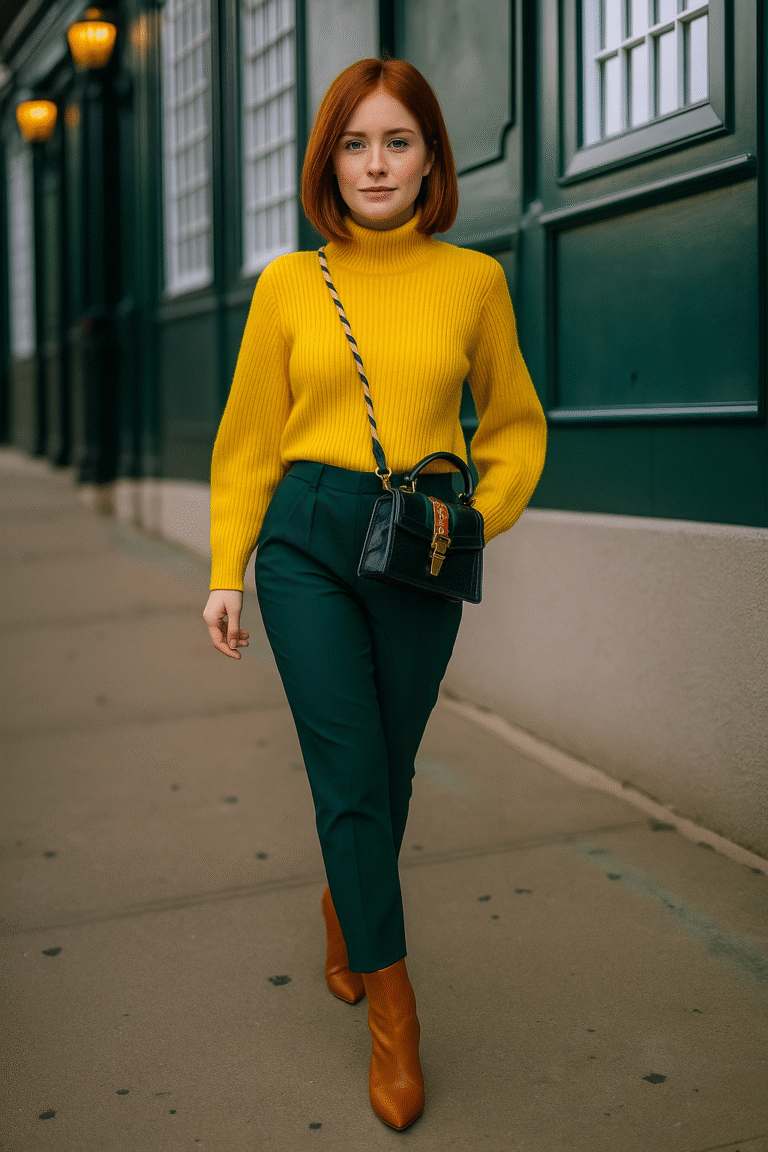How to mix vintage and modern decor without clashing styles

Here’s a polished continuation of your article in the same clear and approachable tone:
Stick to a Simple Color Palette
When you mix eras, you want unity somewhere—and color is key. Use a neutral base like white, beige, or gray to tie old and new together.
Then add two or three accent colors to create harmony across styles. For example, a bold mid-century yellow cushion on a classic wood chair can link both to a sleek, modern sofa.
Balance Shapes and Textures
Vintage furniture often has curves and ornate details. Modern pieces are more straight-lined and minimal. To balance these:
-
Pair a carved wood side table with a glass modern coffee table.
-
Place a velvet vintage armchair next to a metal-legged sofa.
This mix of soft and hard, curvy and clean keeps things interesting but not overwhelming.
Repeat Elements
To make the mix feel intentional, repeat some design elements across both styles.
If your vintage piece has brass details, try using brass in your modern lighting or decor.
Or if you have a rustic wood vintage shelf, echo the tone in modern picture frames or bowls.
Use Art to Tie it Together
Art is a powerful tool to bridge the gap between styles.
-
Try abstract modern art above an antique dresser.
-
Or hang a classic painting above a contemporary bench.
This overlap makes your decor feel curated, not cluttered.
Mind the Scale
Keep your furniture in proportion. A tiny vintage side table next to an oversized modern sectional will feel off-balance.
Instead, make sure sizes and shapes complement each other—even if they’re from different times.
Give Each Piece Space
Let your standout vintage finds breathe. Don’t crowd them with other loud items.
If you have a bold mid-century cabinet, place simpler modern pieces nearby so it gets the attention it deserves.
Final Touch: Layer with Purpose
Add throw pillows, books, and textiles that echo both styles.
A modern pillow with a vintage pattern, or an old book on a sleek coffee table, helps the space feel lived-in, not staged.
Final Thoughts
Mixing vintage and modern decor is about balance, not matching. It’s about blending history with clean design. When done right, it creates a home that feels unique, layered, and full of character.
Start small. Choose one or two key pieces. Play with texture, shape, and color. And most of all—trust your eye. Your space should tell your story.
Would you like this turned into a quick checklist or visual guide for room planning?
Set a simple color plan

Here’s a polished and cohesive version of your content on how to mix vintage and modern decor without clashing styles:
How to Mix Vintage and Modern Decor Without Clashing Styles
By Lily Mae
Blending vintage and modern pieces can transform a space with warmth, personality, and timeless charm. But without balance, the mix can feel off. Here’s how to master this fusion—step by step—with ease and style.
1. Balance Shapes and Lines
Old pieces often come with curves and ornate detail. Modern ones lean toward sharp, clean lines. To create harmony, pair opposites:
-
A round vintage mirror above a square modern shelf
-
A curvy antique chair beside a structured, boxy coffee table
This contrast lets each piece stand out and keeps your space visually engaging.
2. Mix Textures for Depth
Texture is the secret to a room that feels layered and lived in. Combine different finishes:
-
A soft vintage rug on hardwood floors
-
A sleek metal lamp on a rustic wooden table
-
A chunky knit throw draped over a leather couch
Mixing smooth and rough, shiny and matte adds warmth and prevents a flat look.
3. Use Art to Tie the Look Together
Wall decor is the bridge between styles:
-
Hang modern prints in ornate vintage frames
-
Frame old black-and-white photos in minimalist frames
-
Create a gallery wall using antique postcards, new art prints, or sketches
Art creates a visual thread that connects different design eras seamlessly.
4. Keep Scale in Mind
Scale is about proportion. Don’t let a single oversized antique steal all the attention or tiny vintage items vanish in a sea of modern design.
-
Balance a large vintage armoire with a tall modern plant
-
Group smaller items (like vases or books) together for presence
Aim for balance, not symmetry.
5. Layer Lighting
Lighting can blend aesthetics and set the mood:
-
Place a vintage lamp on a modern desk
-
Hang a sleek pendant over a traditional dining table
-
Use a clean-lined floor lamp beside a tufted armchair
This layered approach highlights both your old and new decor in a cohesive way.
6. Add Plants for Freshness
Greenery is a unifier. It adds texture, color, and life:
-
Place a fern in a modern ceramic planter on a vintage stool
-
Display succulents in antique tea tins on a floating modern shelf
Plants soften edges and help bring all your elements together.
7. Edit and Refine
Once everything is placed, step back and review:
-
Do the pieces feel like they belong in the same space?
-
Are the textures, tones, and styles complementing each other?
Don’t be afraid to remove or swap items. A carefully edited room often feels more intentional—and more beautiful.
Final Thoughts
Mixing vintage and modern isn’t about choosing one style over the other—it’s about balance, contrast, and storytelling. With thoughtful placement and attention to detail, you can create a space that feels timeless, personal, and effortlessly stylish.
Would you like this turned into a downloadable style guide or checklist?
Common mistakes to avoid







